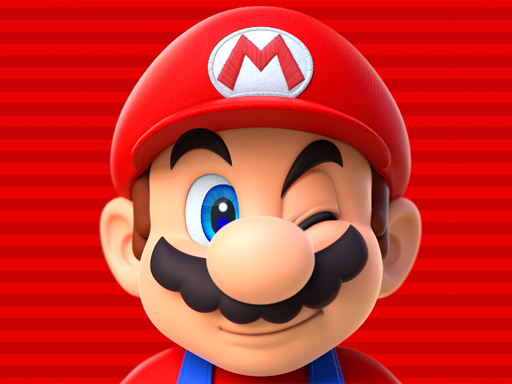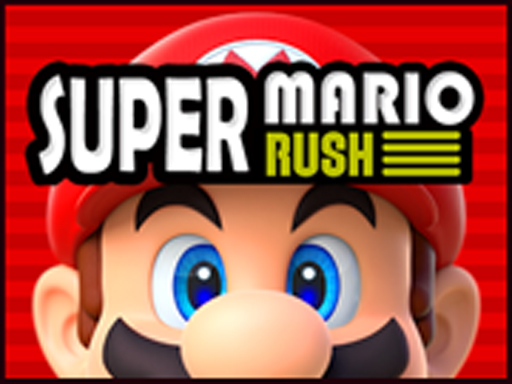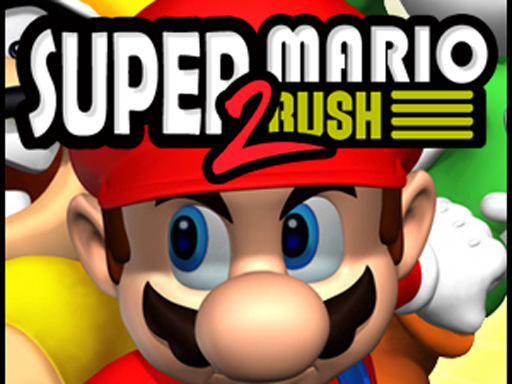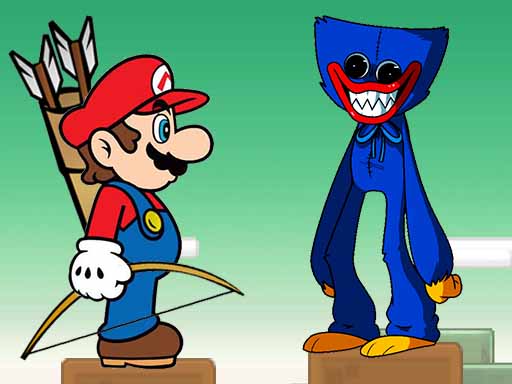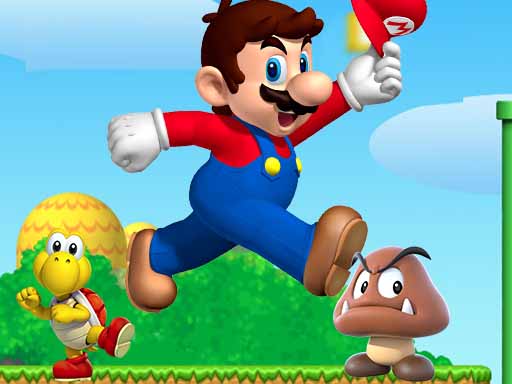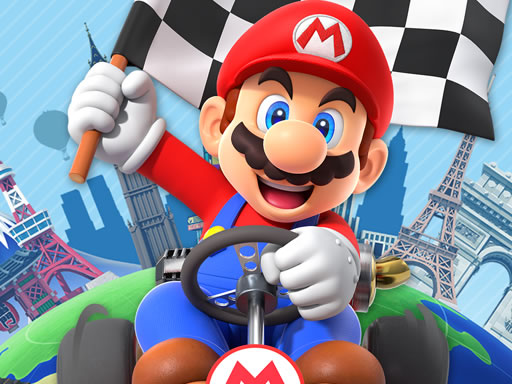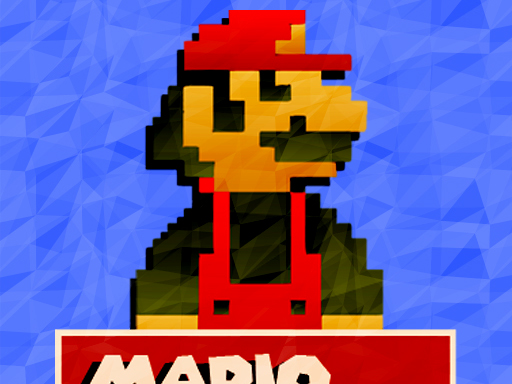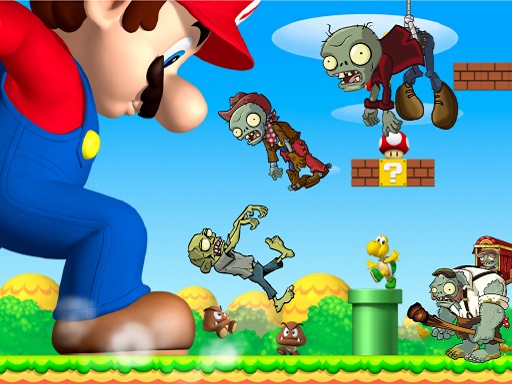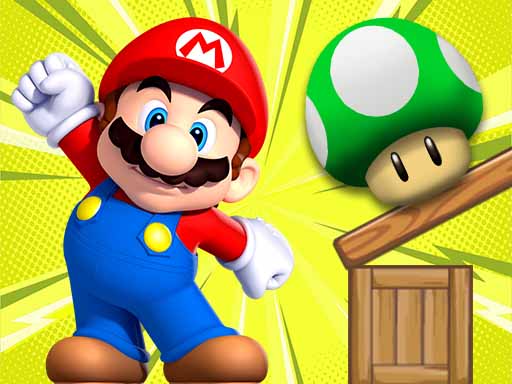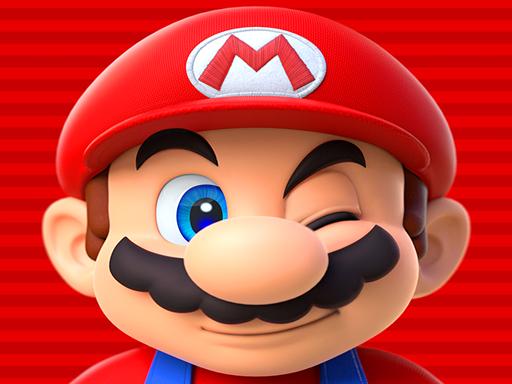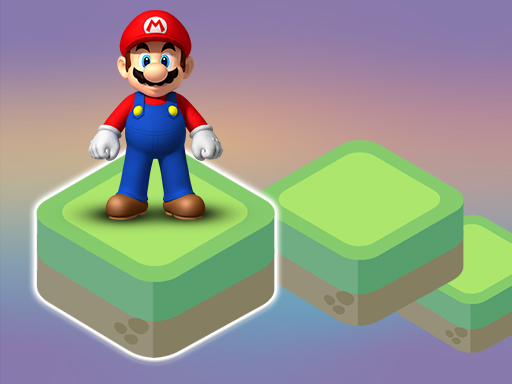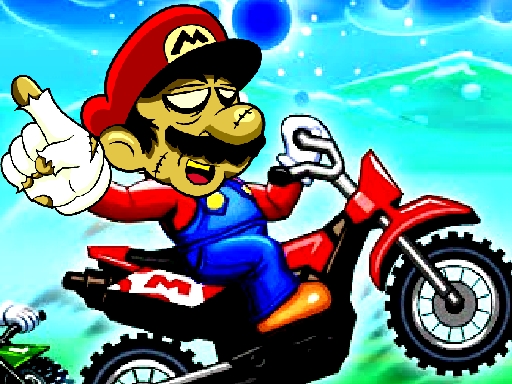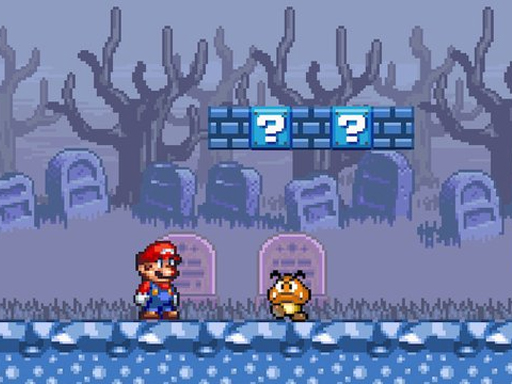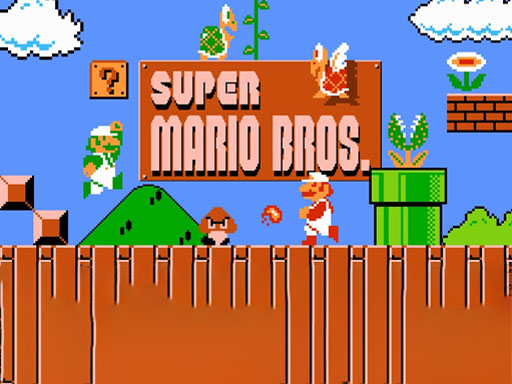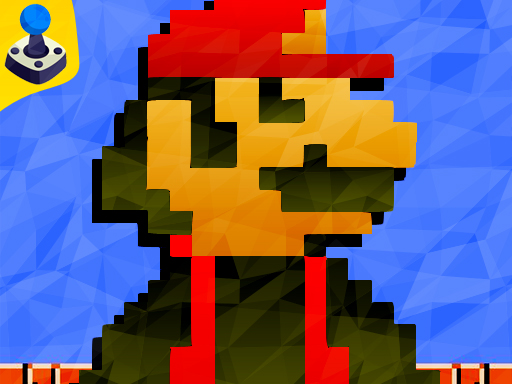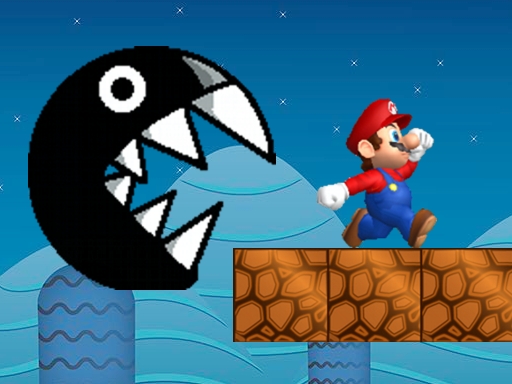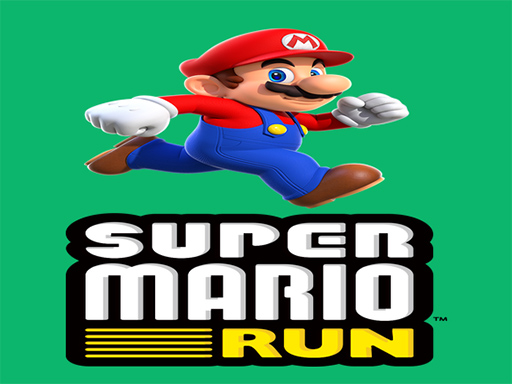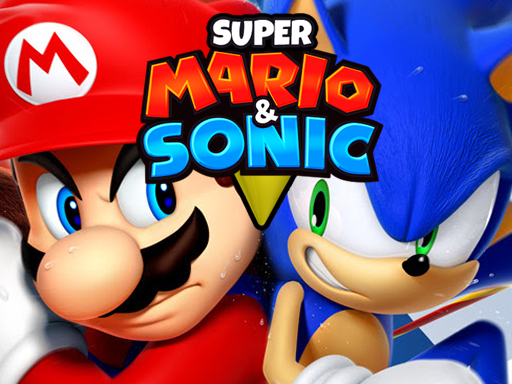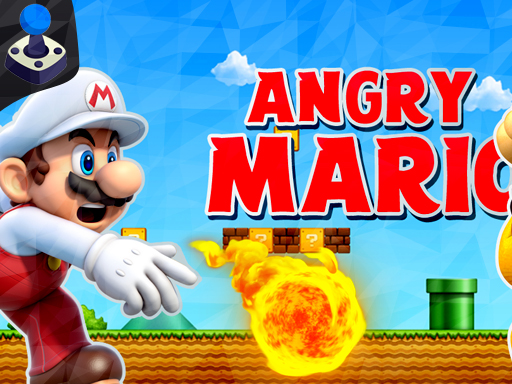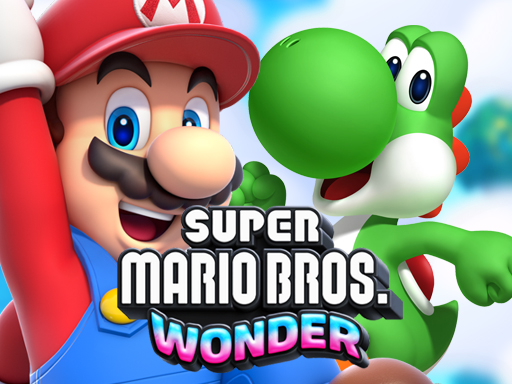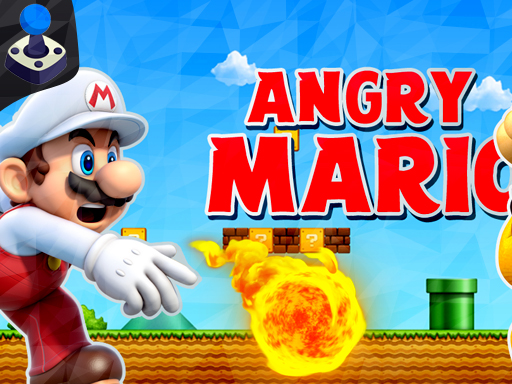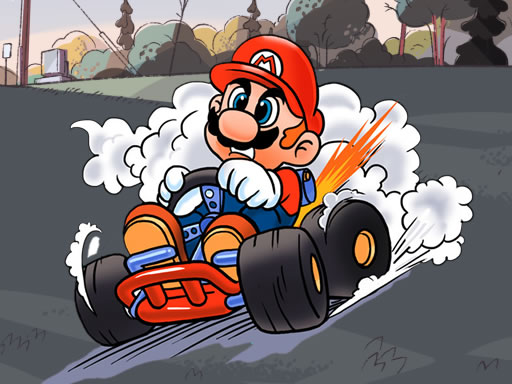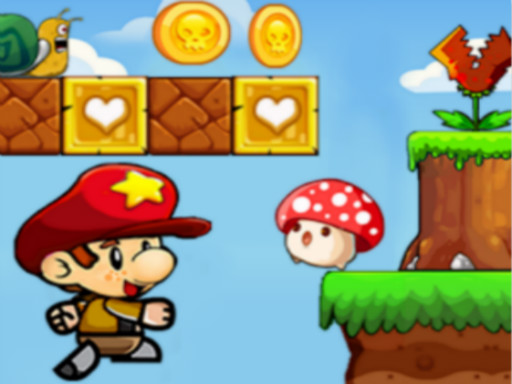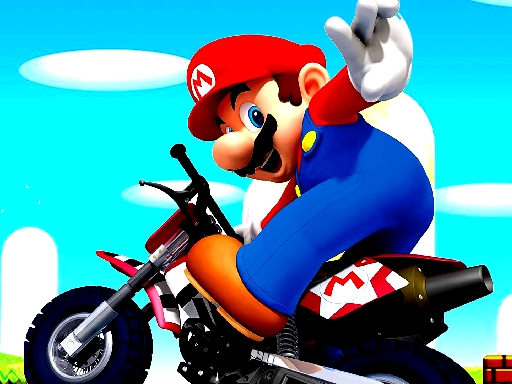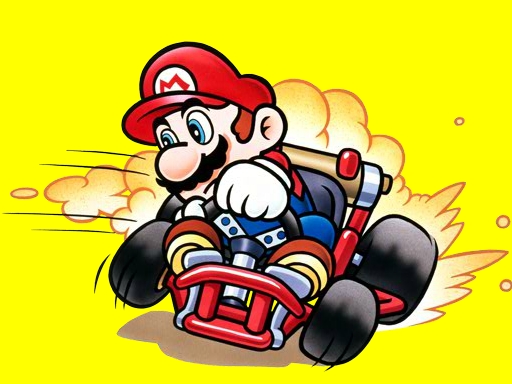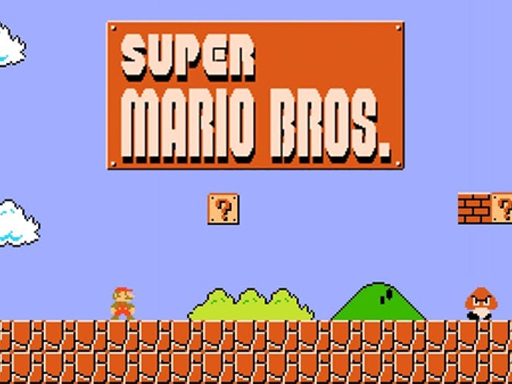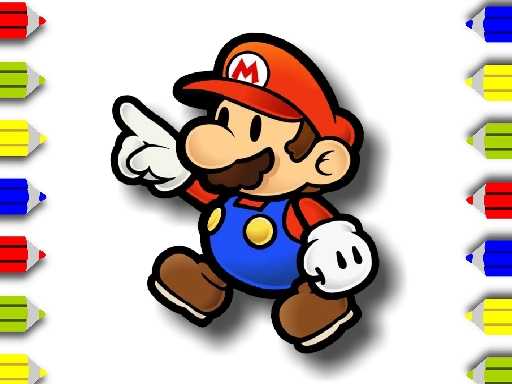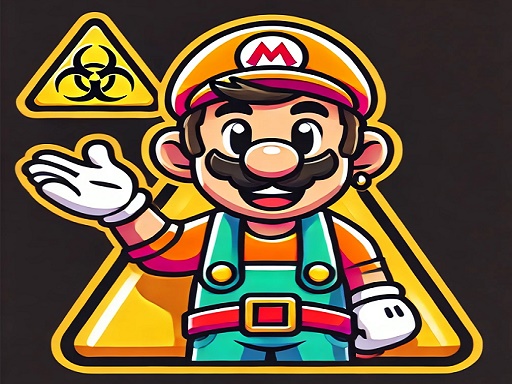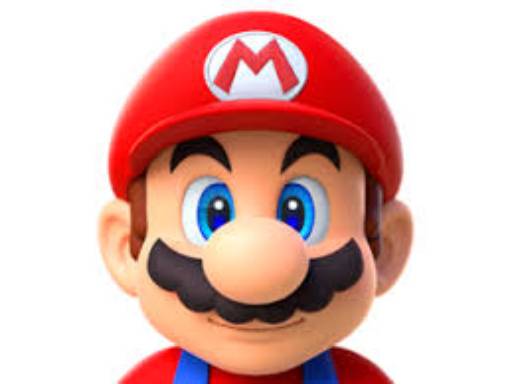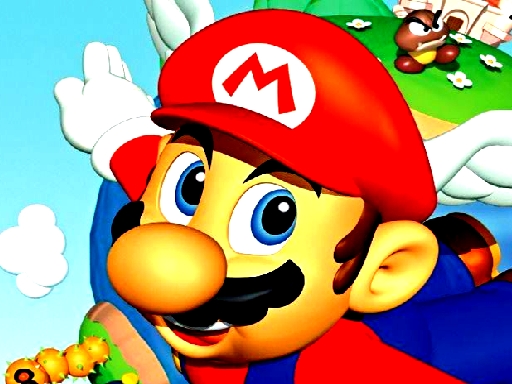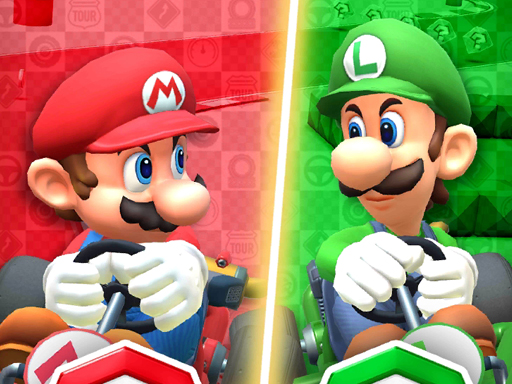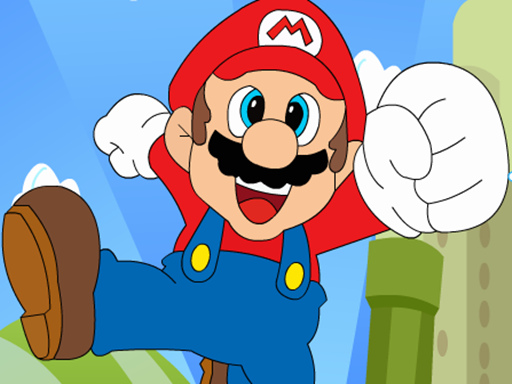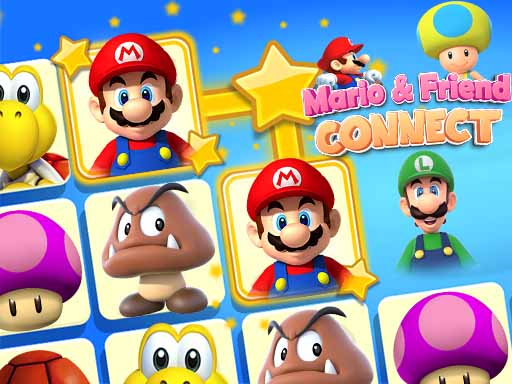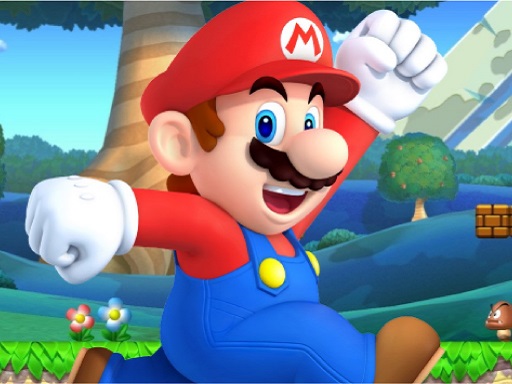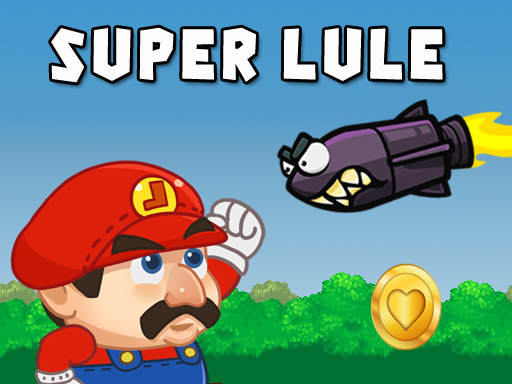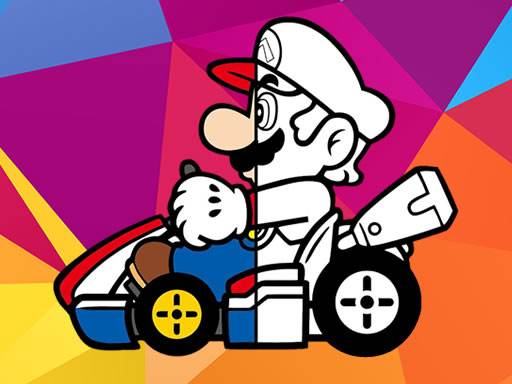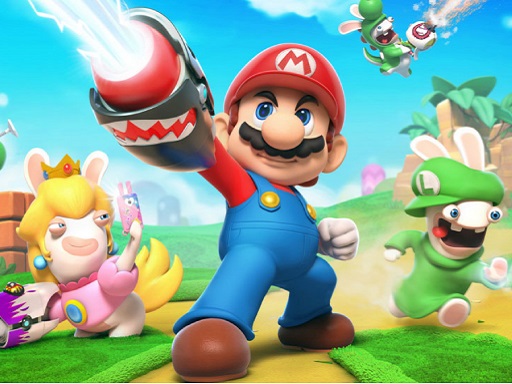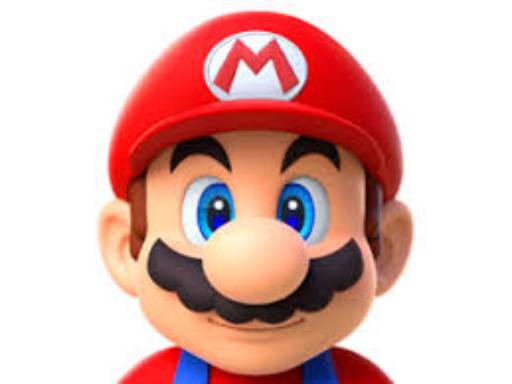
Super Mario World is a legendary 2D platform video game developed by Nintendo for the Super Nintendo Entertainment System (SNES). It was a launch title for the console in Japan (November 21, 1990) and North America (August 13, 1991), and is widely regarded as one of the greatest video games of all time.
Key Features and What Made It a Landmark Game:
- Introduction of Yoshi: This game famously introduced Yoshi, Mario's loyal dinosaur companion. Players could ride Yoshi, who could eat enemies, use their abilities (e.g., spit fire if he ate a Red Koopa Shell), and reach otherwise inaccessible areas. Yoshi became an instant fan favorite and a staple of the Super Mario franchise.
- The Cape Feather: This new power-up replaced the Raccoon/Tanooki Suit from Super Mario Bros. 3. The Cape Feather allowed Mario (or Luigi) to fly for extended periods after a running start, glide gracefully, and even perform a powerful dive-bomb. This greatly expanded vertical level design and exploration.
- Expansive and Interconnected World Map: Building on Super Mario Bros. 3's world map, Super Mario World offered a more seamless and interconnected overworld. Players could see multiple paths and secret routes, and discovering these hidden exits was a major part of the game's appeal.
- Secret Exits and 96 Goals: The game is famous for its numerous secret exits within levels, which often lead to different paths on the world map, hidden levels (like the Star Road and Special World), or even shortcuts. Finding all 96 "goals" or "exits" became a significant challenge for completionists and greatly enhanced replayability.
- Spin Jump: A new maneuver that allowed Mario to bounce off certain enemies that would normally harm him (like Spike Tops) and break specific blocks from above.
- Improved Graphics and Sound: As a 16-bit game, Super Mario World showcased the SNES's capabilities with vibrant, colorful graphics, detailed sprites, and a memorable, upbeat soundtrack by Koji Kondo that perfectly captured the game's adventurous spirit. It was a significant visual and auditory leap from its 8-bit predecessors.
- Polished Controls: The game featured incredibly tight, responsive, and precise controls, making the platforming feel fluid and satisfying.
- Save Feature: Unlike earlier Super Mario Bros. games on the NES, Super Mario World introduced a battery-backed save feature, allowing players to save their progress on the world map, which was a welcome quality-of-life improvement.
Plot: The story is classic Mario: Mario, Luigi, and Princess Toadstool (Peach) are on vacation in Dinosaur Land when Bowser and the Koopalings kidnap the princess and six other Yoshis. Mario and Luigi must journey through Dinosaur Land to rescue them.
Legacy: Super Mario World sold over 20 million copies worldwide, making it the best-selling game on the SNES. Its success led to an animated television series and a prequel, Super Mario World 2: Yoshi's Island, which focused on Yoshi. It set new standards for 2D platformers and continues to be revered for its innovative design and timeless gameplay.
Availability on Modern Systems: Super Mario World is readily available on modern Nintendo platforms:
- It is included as part of the Nintendo Switch Online + Expansion Pack service, allowing subscribers to play the SNES version.
- It has also been re-released on various Virtual Consoles (Wii, Wii U, New 3DS) and was a featured title on the Super NES Classic Edition.
FAQs about Super Mario World
Q1: When was Super Mario World first released and on what console? A1: Super Mario World was first released on November 21, 1990, in Japan for the Super Famicom (known as the Super Nintendo Entertainment System or SNES in other regions).
Q2: What was the biggest innovation Super Mario World introduced? A2: The biggest innovation was the introduction of Yoshi, the dinosaur companion, who brought entirely new gameplay mechanics to the series. The Cape Feather and the expansive, secret-filled world map were also major innovations.
Q3: How many "exits" or "goals" are there in Super Mario World? A3: There are a total of 96 exits (sometimes called goals or levels) in Super Mario World, many of which are secret and require finding hidden paths.
Q4: Is Super Mario World considered one of the best Mario games? A4: Yes, it is widely considered one of the best games in the entire Super Mario series and is frequently ranked among the greatest video games of all time.
Q5: Can I play Super Mario World on my Nintendo Switch? A5: Yes, you can play Super Mario World on your Nintendo Switch through the Super Nintendo Entertainment System - Nintendo Switch Online app, which is part of the Nintendo Switch Online subscription service.
Pros and Cons of Super Mario World
Pros:
- Innovative Gameplay: Introduced iconic elements like Yoshi and the Cape Feather that significantly expanded Mario's moveset and level design possibilities.
- Exceptional Level Design: Levels are incredibly varied, creative, and full of secrets, encouraging exploration and replayability.
- Expansive World: The non-linear world map with numerous secret exits and hidden areas provides a rich sense of discovery and a rewarding experience for completionists.
- Timeless Visuals and Audio: The 16-bit graphics remain charming and colorful, and Koji Kondo's soundtrack is widely praised and instantly recognizable.
- Tight Controls: Mario's movements are incredibly precise and responsive, making the platforming feel fluid and satisfying.
- High Replay Value: Finding all 96 exits and uncovering all the secrets offers immense longevity.
- Save Feature: A crucial improvement over previous entries, allowing players to save their progress.
Cons:
- Initial Difficulty (Subjective): For some, the initial learning curve for the Cape Feather can be a bit steep, though mastering it is highly rewarding.
- Simpler Boss Battles (Compared to SMB3): While still fun, the Koopaling boss battles are generally considered less complex or challenging than those in Super Mario Bros. 3.
- Multiplayer Limitations: Similar to Super Mario Bros. 3, the multiplayer is alternating (players take turns after one loses a life or clears a level), not simultaneous co-op.
